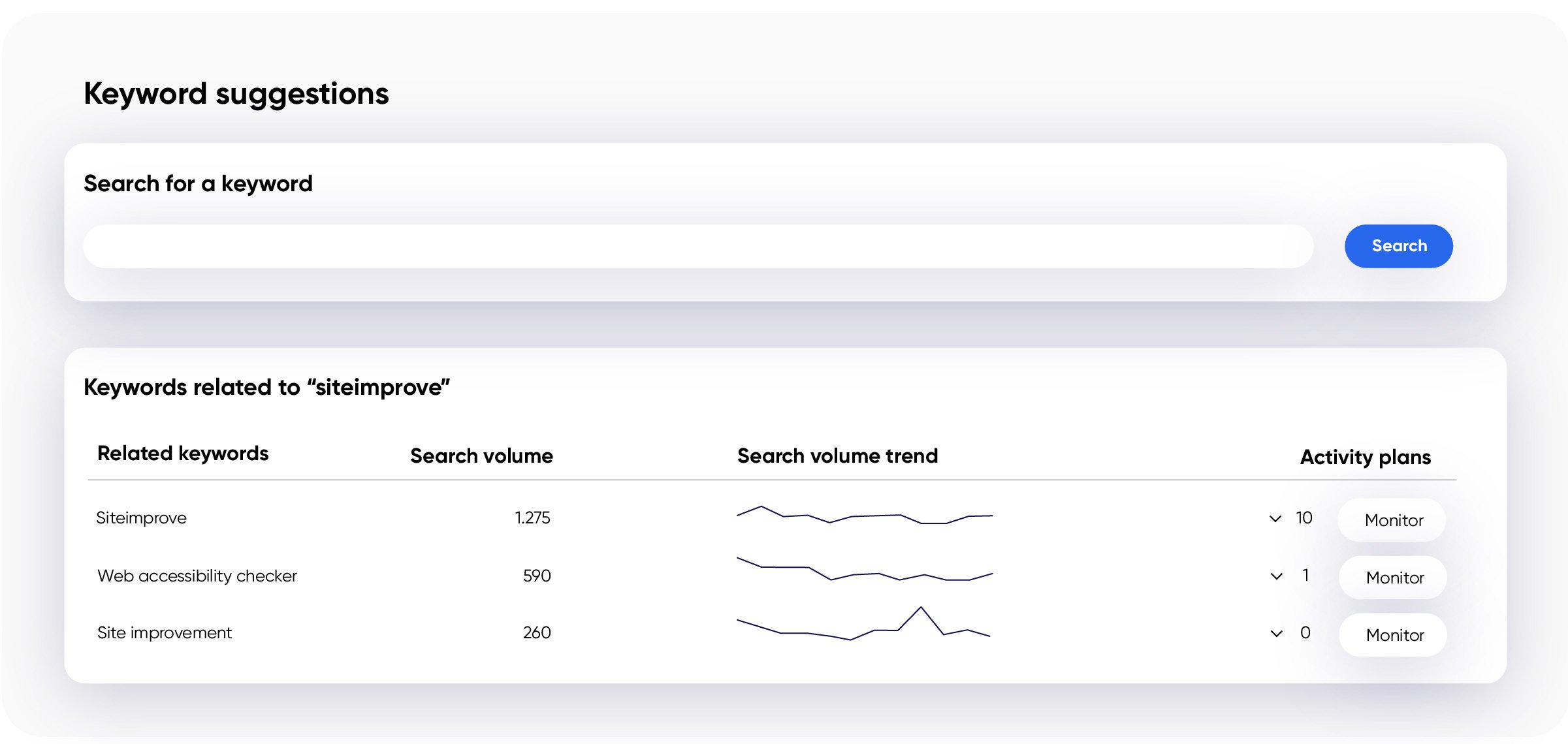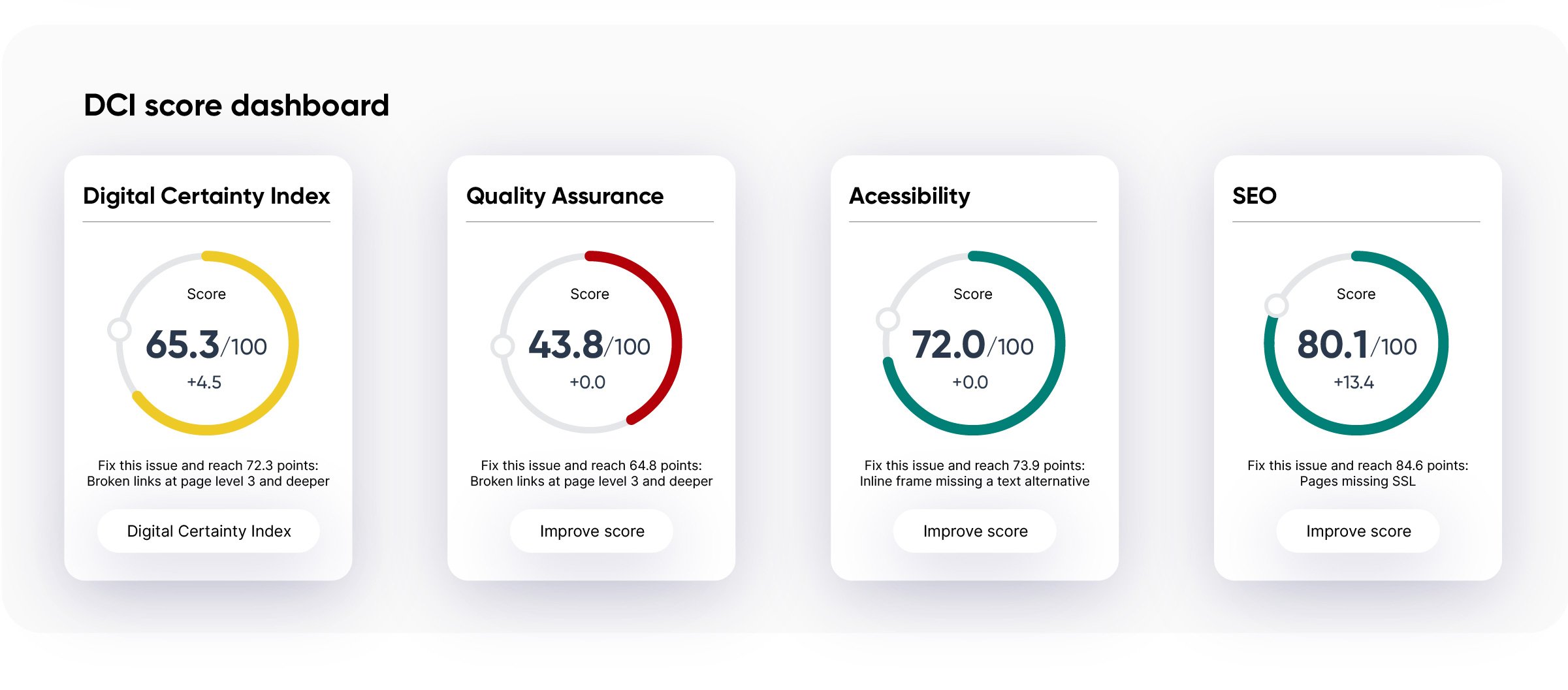Content teams and AI: adversaries or allies?
- By Jessica Navarro - Updated Apr 19, 2023 Content Quality
Is the generative AI boogeyman coming for creative jobs?
While generative AI is undoubtedly a very impressive tool, it's not sentient.
The truth is, it’s software like any other, with its own strengths, use cases, and limitations. Generative AI is the next step in AI and natural language processing. Odds are, you’re already using this tech when Google autocompletes your search or Spotify recommends an album.
What generative AI means for content creators
It’s not the first time media hype has made new tech feel larger than life. Remember when we thought self-driving cars would put professional drivers out of jobs? Now, nearly a decade later, there are still plenty of kinks (ahem, legalities) to work out before driverless cars hit the streets.
And just like we still have cars that need drivers, automated tools like AI are just that—tools that need people to wield them.
What is different with generative AI, of course, is that it is readily accessible, and the masses have already started adopting the new tech (the FOMO is real).
The quick adoption of generative AI tools brings up two challenges for content creators in marketing: 1) it makes it easier to create content clutter, making it hard to break through the noise, and 2) it raises the stakes for content quality, because your competitor is likely using these tools already.

So, how can you, the humble content creator, grab the reigns and ensure that generative AI is working for you?
Start by taking a good look at how you create content here and now. And think about what tasks take up your time and can be automated.
We’ve explored the opportunities and want to share our inspiration for how you can use generative AI and our automated tools to give your content creation an edge.
Let’s dive in.
Generative AI and Siteimprove: Building experiences, not just content
Generative AI has opened a universe of possibilities to get work done and share information faster through automation. This won’t eliminate human input, but rather, make critical thinking even more essential.
Use case 1 – Building website content
It’s true. You can use generative AI to build a website in a day. But are the results compelling? Or are we just building content for content’s sake?
Our own Senior Full Stack Developer, is experimenting with building websites using AI as we speak. He used a combination of code and generative AI to build a website with how-to articles on cryptocurrency, complete with AI-generated content.

The kicker? He’s got each basic step of content creation automated within the Optimizely CMS. He did this by using a system he built using the AI tool’s API, an image service, and the CMS integration to host the content.
So now all he must do is type in a topic, such as, “What is cryptocurrency?” and a blog post complete with images is created in the system automatically.
“To get superior results out of generative AI tools, you must refine the prompts you give it. Prompt engineering is a whole science and you have to give it good prompts for best results.” – Sami Khan, Senior Full Stack Developer at Siteimprove
But would it perform? Is it a website that people and search algorithms would find enticing and valuable? The answer is likely no—not without a human checking the content to ensure it still follows the E-E-A-T guidelines for search engines (side note: E-E-A-T stands for experience, expertise, authoritativeness, and trustworthiness).
Use case 2 – Building an SEO strategy
The key to a great SEO strategy is creating valuable content that is intentional, and which you have real depth of knowledge in, so that you are sure you’re offering original, helpful content that hits all the letters in E-E-A-T.
Your knowledge is what will help you choose the right keywords and topics that your audience is searching for. Researching and tracking keywords is tedious work, but there’s plenty you can automate.
Enter: Siteimprove SEO.
This tool is chock-full of functions for keyword research, seeing which pages are already ranking, and even what your competitors are ranking for. The best part is, it also lets you create multiple activity plans to help you keep track of how each targeted keyword is performing.

Once you’ve honed in on keywords, you can use a generative AI tool to help you quickly create outlines for blog posts and landing pages, complete with meta descriptions that include your keywords in the right page structure.
Now that you have your generated content, it’s up to you to infuse the content with value, intent, and, when necessary, storytelling. Because you know your audience best and you need to be sure it stands out from the crowd.
Use case 3 – Measuring performance
Generative AI and automated SEO tools can help you ideate and create SEO-optimized content, but how can you start carving that content into experiences? To start with, you have to benchmark and measure how your content is performing.
“To create a stand-out digital experience in 2023, you need a holistic view of your users, their habits, and their business needs.” – Ezekiel Rudick, VP of Brand Marketing, Siteimprove
SEO is just one piece of the content experience puzzle. There are three overall areas you can measure your website performance by:
- SEO performance
- Content quality
- Accessibility
A major challenge for teams is dealing with scattered marketing data that they don’t have time to dig through for insights. Siteimprove offers teams an overview over all these areas from a single software, plus a cohesive score you can use as a benchmark.

Buckle in for the AI ride
There are two choices ahead of us as generative AI tools become powerful as we continue to feed huge data sets into it. One scenario is that it’s used unregulated and unrestricted, with marketing teams pumping out exponential amounts of content—content that’s decent, but kind of generic.
On the other hand, we could hold ourselves and other content creators accountable by using new tech responsibly. GPT-4 already promises to address the ethical challenges with a more balanced data set. But as content creators, it’s our job to keep the nuances of the human experience alive in our content if we want to build brand identities strong enough to stand out from the sea of generated content.
So really, the question to ask yourself and your team is how are you planning to use generative AI?

